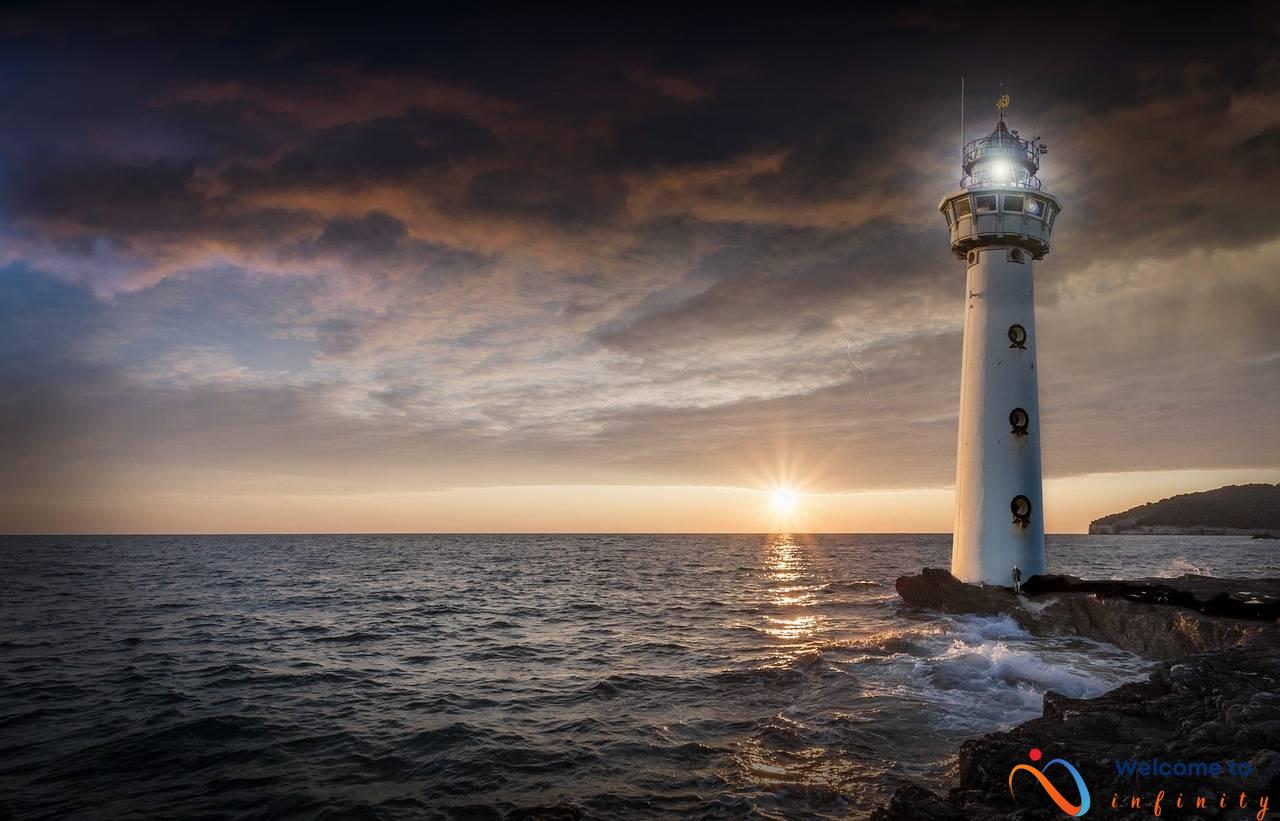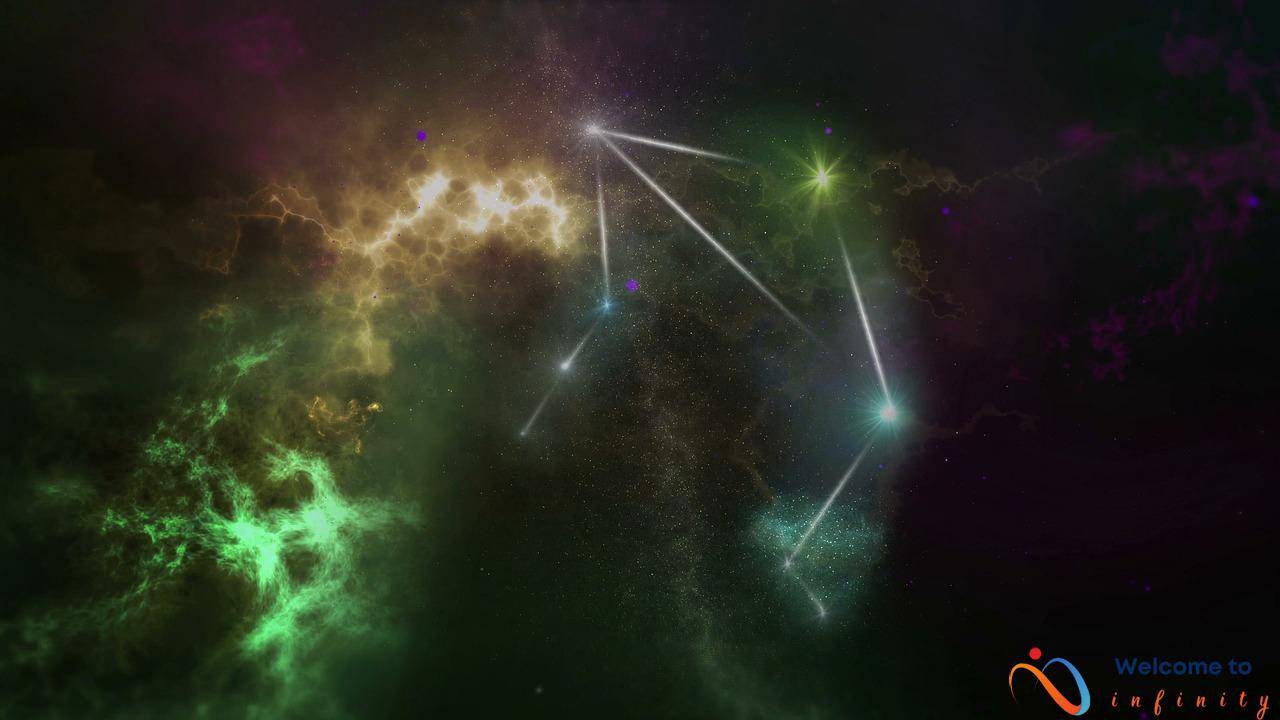Saturn, the sixth planet from the Sun and the second-largest in the solar system, is known for its stunning rings and captivating beauty. With its unique features and breathtaking visuals, it's no wonder that Saturn has captured the attention of scientists and stargazers alike. Join us on a journey as we explore the awe-inspiring wonders that make Saturn the most beautiful planet in our solar system.
First, let's take a closer look at Saturn's size and structure. With a diameter of approximately 74,500 miles, Saturn is almost ten times larger than Earth and has a mass that is approximately 95 times greater. But what really sets Saturn apart is its distinctive rings, which consist of icy particles and rocky debris. These rings stretch over 175,000 miles and are visible from Earth with a pair of binoculars.
Moving on to Saturn's atmosphere, we find a world of intense weather patterns and vibrant cloud formations. Saturn's dense, hazy atmosphere is primarily composed of hydrogen and helium. The planet's most noticeable feature is its persistent hexagonal-shaped jet stream, which surrounds the north pole. Along with this, Saturn's turbulent storms and record-breaking wind speeds make it a force to be reckoned with.
Finally, Saturn's moons offer yet another glimpse into the planet's captivating beauty. With over 80 confirmed moons, Saturn has the most extensive moon system in the solar system. Two of its most intriguing moons, Enceladus and Titan, have caught the attention of scientists due to their subsurface oceans and extreme conditions. Enceladus emits plumes of water vapor, and Titan has a complex atmosphere and climate that resembles that of early Earth.
As we've seen, Saturn's beauty is more than skin deep. From its unique rings to its intense weather patterns and fascinating moons, Saturn is truly a wonder of the solar system. With new missions set to explore this captivating planet even further, we can look forward to uncovering more of its secrets and marveling at its unparalleled beauty.
Size and Structure
Saturn is the sixth planet from the Sun and the second-largest planet in the solar system. It has a diameter of 116,460 km, about nine times larger than Earth. The planet's size and mass are primarily composed of hydrogen and helium, along with traces of other elements such as methane and ammonia. Saturn's average density is one-eighth that of Earth, making it the least dense planet in the solar system.
One of the most notable features of Saturn is its distinctive rings, which are made up of billions of individual ice particles ranging in size from tiny grains to icebergs. These rings extend more than halfway towards the planet's surface and are almost perpendicular to the equator. The rings are divided into several distinct groups based on their thickness and particle size.
Saturn also has a complex system of moons, with at least 82 known satellites. Some of these moons are even believed to have subsurface oceans, making them potential candidates for extraterrestrial life. Another unique aspect of Saturn's structure is its powerful magnetic field, which is 578 times stronger than Earth's magnetic field. This field creates a donut-shaped aurora around the planet's poles, visible from Earth with a telescope or spacecraft. Overall, Saturn's size, composition, and rings make it an incredibly intriguing planet to study and explore.
Atmosphere
Saturn's atmosphere is truly something to behold. It is mostly composed of hydrogen and helium, but also contains other gases like methane, ammonia, and water vapor. The planet's distinctive feature is its vivid rings, which are made up of countless particles ranging in size from specks of dust to massive boulders.
Saturn's weather patterns are also amazing. The planet experiences intense storms, including one massive storm known as the “Great White Spot” that occurs every 30 years or so. The winds on Saturn blow at incredible speeds, with some reaching over 1,000 miles per hour. These winds are created by the planet's rapid rotation, which takes just 10 hours to complete one full turn.
The clouds on Saturn are another highlight of its atmosphere. They are known for their vibrant, swirling patterns and come in a variety of colors, including whites, yellows, and browns. These clouds are formed by convection currents in the planet's atmosphere, which cause warm air to rise and cool air to sink.
One particularly fascinating phenomenon on Saturn are its auroras. Similar to Earth's northern and southern lights, Saturn's auroras are caused by charged particles from the solar wind interacting with the planet's magnetic field. However, Saturn's auroras are far larger and more complex than those on Earth, and are thought to be caused by the planet's powerful magnetic field and fast rotation.
- Saturn's atmosphere is composed mostly of hydrogen and helium, along with other gases such as methane and ammonia.
- The planet's vivid rings are made up of countless particles ranging in size from specks of dust to massive boulders.
- Saturn experiences intense storms and winds that can reach over 1,000 miles per hour due to its rapid rotation.
- The planet's swirling clouds come in a variety of colorful patterns and are caused by convection currents in its atmosphere.
- Saturn's auroras are larger and more complex than those on Earth, and are caused by the planet's magnetic field and fast rotation.
Storms and Winds
Saturn's atmosphere is home to some of the most violent and powerful storms in the solar system. These storms are caused by the massive amounts of heat generated by the planet's core, which causes the gases in the atmosphere to rise and fall rapidly and create intense winds. Scientists have recorded wind speeds on Saturn that are over 1,100 miles per hour, making it the fastest planet in the solar system.
The most well-known feature of Saturn's atmosphere is the Great White Spot, a massive storm system that has been observed since the 19th century and occurs once every 30 years. This storm can be seen from Earth through a telescope and is more than twice the size of Earth. Other large storms on Saturn have been observed by the Cassini spacecraft, including a massive hexagonal-shaped vortex at the planet's north pole.
Saturn's storms also create stunning displays of lightning, much like the ones seen on Earth. However, unlike on Earth where lightning is caused by the interaction between the atmosphere and the ground, Saturn's lightning is caused by the interaction between the ice particles in the storm clouds and the planet's magnetic field.
Additionally, the intense winds and storms on Saturn create unique weather patterns, such as giant white ovals that rotate in a counterclockwise direction and last for several years. Scientists are still uncovering the mysteries of Saturn's atmosphere and are eager to continue studying this fascinating planet.
Auroras
One of the most stunning sights in our solar system has to be the auroras of Saturn. These magnificent light shows are created by charged particles from the Sun interacting with Saturn's magnetic field. But what makes these auroras so unique is the way that Saturn's magnetic field differs from all other planets in our solar system.
Saturn's magnetic field is shaped like a giant, tilted donut, with the planet sitting at the center. Unlike most planets in our solar system, which have magnetic fields that pass through their cores, Saturn's magnetic field is generated by electrical currents deep within its atmosphere. This creates a highly unusual magnetic field that is tilted nearly 30 degrees away from the planet's rotation axis.
As a result, when charged particles from the Sun hit Saturn's magnetic field, they are funneled down into the atmosphere near the poles, where they collide with gas particles and release energy in the form of light. The result is a stunning visual display of shimmering colors and patterns.
In fact, Saturn's auroras are so unique that they have even been shown to pulsate in time with the planet's rotation. These pulsations are caused by the interaction between the charged particles and the planet's magnetic field, and they give the auroras a rhythmic, pulsating quality that is unmatched anywhere else in the solar system.
Overall, the auroras of Saturn are a breathtaking reminder of the incredible complexity and beauty of our solar system. With their vibrant colors and unique patterns, they offer a rare glimpse into the mysteries of one of our most fascinating planets.
Moons
Saturn has a truly remarkable and extensive family of moons. With over 80 moons, Saturn has the second-largest number of moons in the solar system, surpassed only by Jupiter. Each of its moons has unique properties and characteristics that make them fascinating celestial bodies to explore.
Saturn's largest moon, Titan, is the only moon in the solar system with a thick atmosphere. It is the second-largest moon in our solar system, and its atmosphere is about four times denser than Earth's. Scientists believe that Titan is one of the best places in our solar system to study organic chemistry and the formation of life.
Enceladus, on the other hand, is one of the most intriguing moons in our solar system. It is a small, icy moon that is geologically active, with towering geysers of water shooting out from its surface. These geysers have created a unique subsurface ocean beneath Enceladus' icy crust, which scientists believe could harbor microbial life.
In addition to these two unique moons, many of Saturn's other moons have their own distinct features and characteristics, such as the perpetually volcanic moon of Io or the smog-covered moon of Titan. Some of these moons have even been speculated to have underground oceans like Enceladus.
Exploration of Saturn's moons has been a focus of many missions, including the Cassini-Huygens mission. This mission allowed scientists to study the composition and structure of Saturn's moons up close, and it revealed new insights into the moons' geological processes and potential for life.
With many exciting missions planned in the future, such as the Europa Clipper mission, the exploration of Saturn's moons is sure to continue to be a fascinating and important area of study for years to come.
Enceladus and Titan
Saturn's two most intriguing moons, Enceladus and Titan, have been the focus of scientific research due to their unique properties. Enceladus, the sixth-largest moon of Saturn, possesses subsurface oceans that fuel its icy geysers. These geysers have been studied closely, with the Cassini spacecraft detecting organic compounds and potential signs of life in them.
Titan, on the other hand, is the largest moon of Saturn and the only moon in the solar system with a thick atmosphere. It is deemed as the only other known Body in our solar system, apart from Earth, to have stable bodies of surface liquid. These liquid bodies, however, are not water but instead hydrocarbons, with lakes and seas of methane and ethane found on the surface.
One unique aspect of Titan is its weather system. Instead of the water cycle on Earth, Titan has a methane cycle where liquid methane evaporates, forms clouds, and rains back down on the surface. This methane cycle creates a diverse range of landscapes, with vast sand dunes and river-like channels of liquid methane formed by erosion.
NASA's Cassini-Huygens mission provided more insight into the characteristics of Enceladus and Titan. The spacecraft discovered geysers on Enceladus, while also confirming the presence of subsurface oceans on the moon. The mission also saw Huygens, its probe, landing on Titan's surface in 2005, the only human-made item to touch down on a moon other than Earth's.
Future missions will continue to study these two moons, with the European Space Agency's JUpiter ICy moons Explorer (JUICE) mission set to explore their properties in more detail. Enceladus and Titan have proven to be fascinating objects of study, and their unique features continue to draw the attention of scientists worldwide.
Exploration
Since the first flyby by the Pioneer spacecraft in the 1970s, Saturn has been the subject of many successful missions, each providing us with a greater understanding of this stunning planet. One of the most notable missions was the Voyager mission in the 1980s, which provided us with the first up-close images of Saturn's rings and moons.
The most recent and arguably the most successful mission to Saturn was the Cassini-Huygens mission, which began in 2004 and lasted for 13 years. Cassini-Huygens provided us with unprecedented images of Saturn's moons, in particular, the icy moon Enceladus which revealed it to have an underground ocean capable of supporting life.
Another notable discovery made by Cassini-Huygens was the finding of methane lakes and seas on Saturn's moon Titan, which is the only known body in our solar system other than Earth to have stable bodies of surface liquid. The mission also observed unique atmospheric phenomena, including a hexagonal-shaped storm at Saturn's north pole.
Future missions to Saturn are currently being planned, including a mission by the European Space Agency and NASA in 2034. This mission, named the Europa Clipper, will conduct flybys of Jupiter's moon Europa, but it will also do a flyby of Saturn to take measurements of the planet's magnetic field.
- Overall, every mission to Saturn has provided us with new scientific discoveries, and each mission has inspired us to continue exploring this magnificent planet.
Cassini-Huygens Mission
The Cassini-Huygens mission, developed by NASA, the European Space Agency (ESA), and the Italian Space Agency, was a groundbreaking mission that revolutionized our knowledge of Saturn and its vast collection of moons. The mission began in 1997 and ended in 2017, with the spacecraft sending data and images from the planet and its moons back to Earth throughout its entire duration.
This mission allowed us to obtain the first close-up images of Saturn's atmosphere and well-known rings. Additionally, the spacecraft discovered new and intriguing features of Saturn's moons, such as water droplets erupting from one of its icy moons, Enceladus. The spacecraft also revealed unique geological features on several of Saturn's moons, such as geological ridges and ice volcanoes.
Apart from this, the Cassini mission examined the planet's magnetic field, revealing a complex and dynamic system that varies with time. It also discovered many new moons and ringlets that had not been observed before, leading to new questions and avenues of research.
Moreover, the Huygens probe, part of the mission, landed on Titan, the largest of Saturn's moons and the only one with an Earth-like atmosphere. This was the first landing of a spacecraft on a celestial object in the outer solar system. The Huygens probe revealed a diverse and unique landscape, with large bodies of liquid methane and ethane, and a thick orange haze layer in the atmosphere.
In summary, the Cassini-Huygens mission transformed our understanding of Saturn and its moons, providing us with crucial information and captivating images that will inspire future research and exploration.
Future Missions
Excitingly, there are a number of future missions planned to explore Saturn and its moons. One such mission is the European Space Agency's JUICE (JUpiter ICy moons Explorer), which is set to launch in 2022 and arrive at Jupiter in 2029. Though primarily focused on Jupiter's icy moons, JUICE will also conduct two flybys of Europa and a flyby of Callisto before arriving at Ganymede, the largest moon in the solar system. During its time at Jupiter, JUICE will also conduct several flybys of Saturn, Titan, and Enceladus. This mission is expected to provide new insights into the nature and evolution of Saturn's magnetic field and auroras.
Another future mission set to study Saturn's moons is NASA's Dragonfly, which is set to launch in 2026. This ambitious mission involves sending a drone-like rotorcraft to explore the surface of Titan in detail, including its diverse landscapes and potential for supporting life. Dragonfly will fly to multiple sites on Titan, taking samples and measurements with a suite of scientific instruments.
Finally, NASA's Cassini2 is a proposed mission to revisit Saturn and its moons with new scientific instruments and spacecraft technology. Building on the successes of the Cassini-Huygens mission, Cassini2 aims to address questions left unanswered by its predecessor, such as the composition of Titan's atmosphere and the activity on Enceladus. If approved, Cassini2 could launch in the 2030s and continue the legacy of groundbreaking Saturn exploration.










